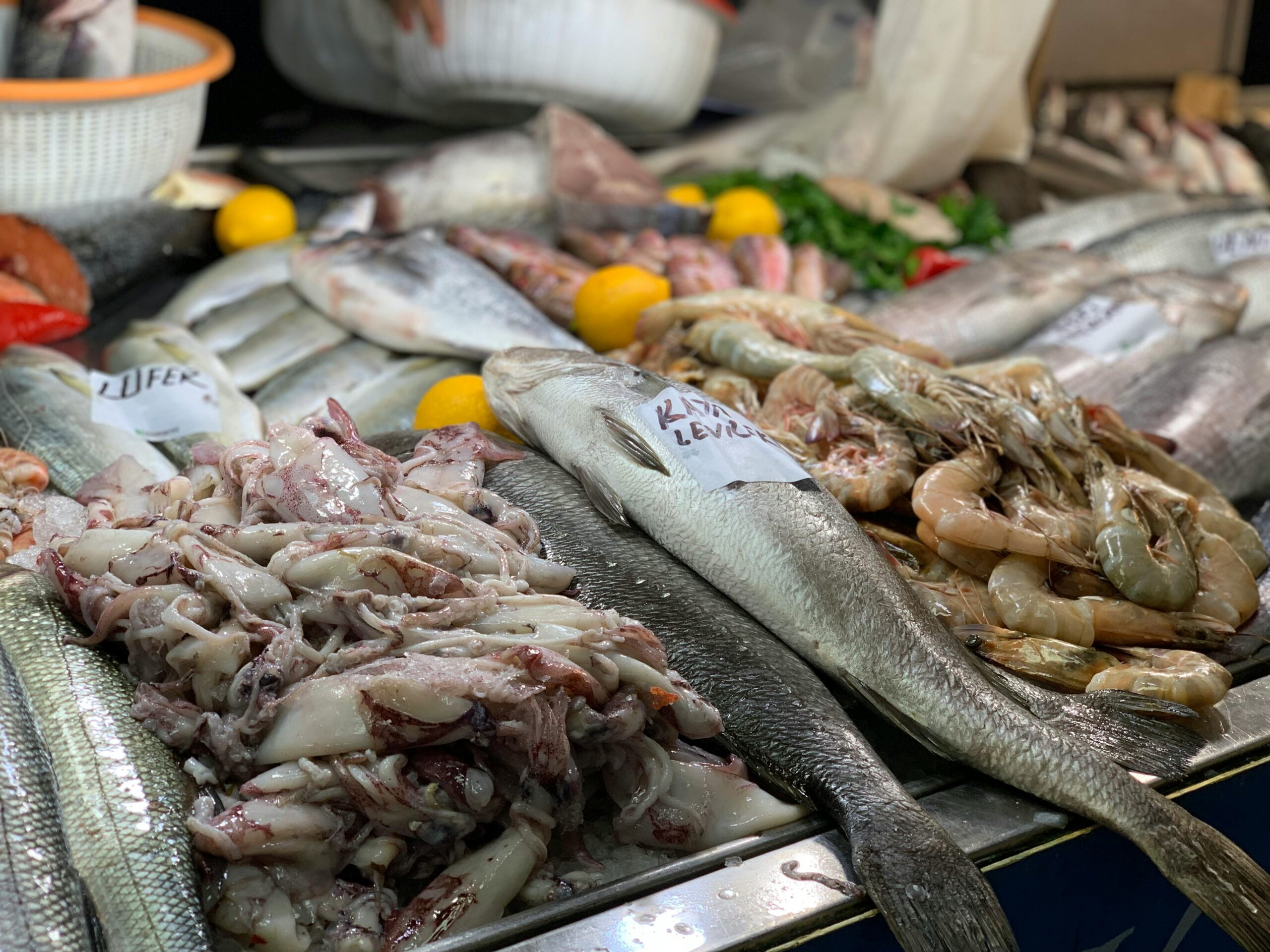
Shrimp is one of the most valuable internationally traded seafood commodities, earning the nickname “pink gold” due to its high economic importance. Here’s a detailed breakdown of shrimp as a commodity, covering production, trade, pricing, and market trends.
1. Shrimp Industry Overview
Key Species in Commercial Trade
-
Whiteleg Shrimp (Penaeus vannamei) – Dominates global farming (~80% of production).
-
Black Tiger Shrimp (Penaeus monodon) – Higher value but harder to farm.
-
Cold-Water Shrimp – Wild-caught (e.g., Canadian/Nordic Pandalus borealis).
Production Methods
✔ Aquaculture (Farmed Shrimp) – Accounts for ~55% of global supply.
✔ Wild-Caught Shrimp – Declining due to overfishing and bycatch issues.
2. Top Shrimp Producers & Exporters (2024)
| Rank | Country | Key Strengths |
|---|---|---|
| 1 | India | Largest exporter, major vannamei producer. |
| 2 | Ecuador | Fastest-growing, high-quality farmed shrimp. |
| 3 | Vietnam | Major processor, exports to US/EU. |
| 4 | Indonesia | Large-scale farms, competitive pricing. |
| 5 | China | Big producer but mostly for domestic market. |
Major Import Markets
-
United States (~40% of global imports) – Prefers peeled, deveined, frozen shrimp.
-
European Union – Strict sustainability & antibiotic regulations.
-
Japan – High demand for sushi-grade shrimp.
-
China – Rising domestic consumption.
3. Shrimp Pricing & Market Trends (2024)
Price Determinants
✔ Feed Costs (Soy, fishmeal prices impact farming profitability).
✔ Disease Outbreaks (Early Mortality Syndrome, White Spot Virus).
✔ Trade Policies (US anti-dumping duties, EU food safety rules).
✔ Currency Fluctuations (Indian rupee, US dollar impact export competitiveness).
Current Price Ranges (FOB, USD/kg)
| Shrimp Type | Size (Count per kg) | Price Range |
|---|---|---|
| Vannamei (HOSO) | 30/40 | $5.00 – $6.50 |
| Vannamei (PDTO) | 41/50 | $4.50 – $5.80 |
| Black Tiger | 16/20 | $8.00 – $10.00 |
| Cold-Water (Wild) | 150/200 | $7.00 – $9.00 |
(HOSO = Head-On Shell-On, PDTO = Peeled Deveined Tail-On)
4. Key Challenges in the Shrimp Industry
A. Production Risks
-
Disease outbreaks (EMS, WSSV) can wipe out entire farms.
-
High feed costs (~60% of farming expenses).
-
Environmental concerns (Mangrove destruction, antibiotic use).
B. Market & Trade Risks
-
US anti-dumping duties on India, Vietnam, Ecuador.
-
EU’s strict antibiotic residue limits.
-
Competition from other seafood (tilapia, salmon).
5. Future Trends Shaping the Shrimp Market
-
Ecuador’s Dominance – Investing in disease-resistant, sustainable farming.
-
India’s Export Boom – Govt. promoting shrimp farming in Andhra Pradesh.
-
Blockchain Traceability – Walmart, Carrefour tracking shrimp sources.
-
Lab-Grown Shrimp – Startups like Shiok Meats developing cell-based shrimp.
-
China’s Rising Demand – Shift from exporter to consumer.
6. Investment & Trading Opportunities
-
Aquaculture Stocks (e.g., CP Foods, Minh Phu Seafood).
-
Futures & Commodity Trading (Limited, but fishmeal is traded).
-
Sustainability Certifications (ASC, BAP-labeled shrimp fetch premium prices).
Conclusion
Shrimp remains a high-growth, high-risk commodity, with aquaculture driving supply and global demand rising. Key factors to watch:
-
Ecuador vs. India export competition
-
Disease management & sustainability pressures
-
Alternative shrimp products (lab-grown, plant-based)
